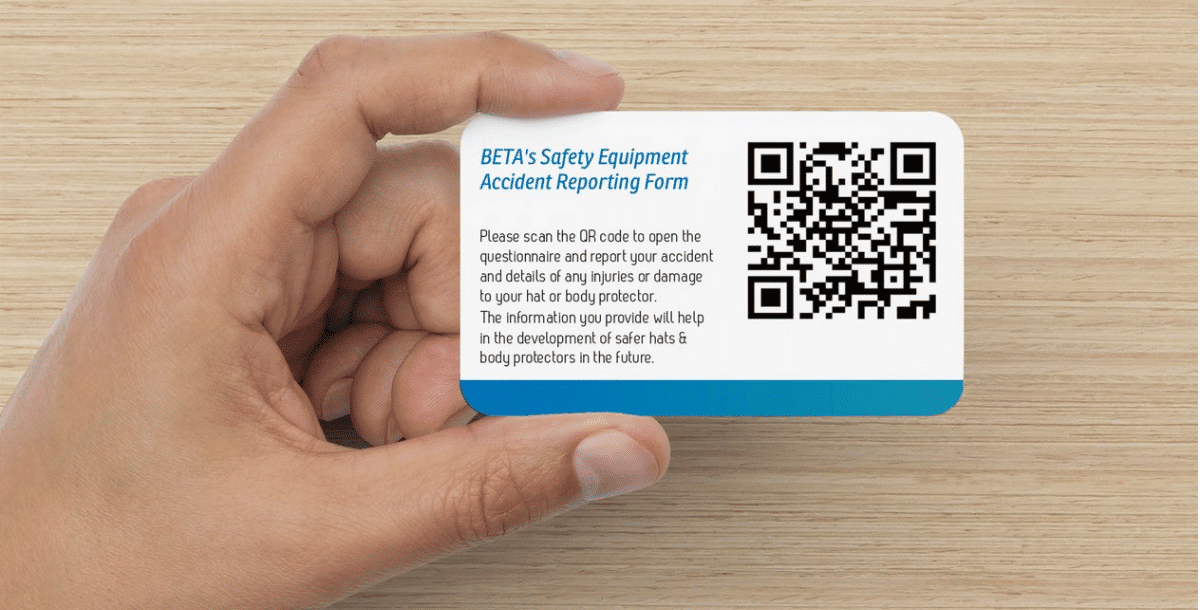This guide explores the benefits of airbags when used as a safety feature in different types of vehicles on the road.
Over the years, safety features in vehicles have evolved dramatically. When the first vehicles were invented, there were very few safety features present. There were a few reasons for this. First, the technology isn’t yet available on the market. Second, vehicles traveled at relatively slow speeds. As such, there was less danger during a collision. Today, motorcycles and cars travel at speeds up to and exceeding seventy miles per hour on the roads. This can result in significant danger if there is a crash or collision. Developers today toy with countless tech features designed to save lives. However, one of the most fundamental vehicle safety features is still airbags.
Airbags Explained
The first airbag developed specifically for automobiles was developed and patented in 1952. Airbags in vehicles are part of a vehicle-occupant restraint system that uses a bag that is designed to inflate rapidly if there is a collision. Usually, it will consist of a cushion, a flexible fabric bag, and an inflation module as well as an impact sensor.
The main purpose of the airbag is to provide both restraint and cushioning in the event of a collision. The airbag also acts as an energy-absorbing surface. These days, it’s not uncommon for modern vehicles to include six or more units. As well as being used in cars, airbags are also designed for motorcycles. These take the form of an air vest which the rider wears while on their bike. However, they work in a similar way to the standard airbag that you would find in a car. Crash protection is offered when the air vest inflates in the event of a collision, protecting the rider from severe injury and harm.
Airbags are a form of passive safety. As such, they act as a supplement to different types of active restraints. Airbags are referred to as a passive form of safety because the driver or rider does not need to take any action to enable them. An example of an active safety feature would be brakes or even seat belts. Seat belts are considered to be an active safety feature because the driver needs to act to use them.
Benefits Of Airbags For Vehicles
Airbags were first introduced into the market during the 1970s. Here are some key advantages of airbags and airvests used on the road.
More Protection For Exposed Road Users
Drivers on the road are provided with natural levels of protection. An individual in a car isn’t just protected by an airbag. They are restrained by the seat belt as well as shoulder harnesses. In the event of a collision, if they are wearing a seatbelt, they will most likely remain inside the vehicle. In contrast, if a motorcyclist is involved in a collision, it is more likely that they will be thrown off their bike and hit the ground or another vehicle. This is why motorcyclists should wear a full-face helmet as well as the appropriate leathers. However, even with this protection, it’s still going to have a massive impact. An airbag or airvest can provide a more advanced level of protection and take some of the force away from the impact a rider hits the ground during a collision or accident.
No Action Necessary
As mentioned, there’s no action required to gain the benefits of an airbag when out on the road. They come as standard in all cars and can be purchased by any motorcyclist. People often assume that airvests for motorcyclists are a new invention. However, this is not the case. The idea has been around since the 90s in one form or another. Recently more scientific research has gone into improving this concept to ensure that it does deliver the right level of protection for these road users. The big advantage is that it does not require motorcyclists to take action during the collision. Instead, the airbag will activate in direct response to an impact automatically.
A Supplement Form of Protection
It’s worth noting that airbags are never the only form of protection available. Modern vehicles have various forms of protection including seatbelts and driver-assisted technology. Those who use an airvest or airbag on a motorcycle can also supplement it with various forms of armoured padding. This can be added to a jacket or vest without changing the function of the airbag. The more you think about your safety when out on the road, the more likely it is that you can avoid a severe injury.
Protects Key Areas Of The Body
Airbags are used to protect key areas of the body. This includes:
- The neck
- Shoulders
- Chests
- Ribs
- Kidneys
- Tailbone
Any issue with areas like this will result in a significant or severe injury. It could also leave you paralysed in some cases or require major hospital treatment. An airbag is designed to minimise the extent of damage to your body during a collision. This is particularly useful for motorcyclists who are more at risk of serious injury because they are exposed during a collision. Overall, an airvest will provide motorcycle rides with ten-times the normal level of protection in the event of a crash or a collision.
Rapid Inflation
On average it will take an airbag thirty milliseconds to deploy and inflate. To put this in perspective it takes one-hundred milliseconds to blink. Essentially, the airbag is immediately activated as soon as the collision detection system is triggered.
Lightweight
Finally, if you are riding a motorcycle, you might think that wearing an airvest is going to weigh you down considerably. However, this is not the case. Thanks to advanced technology, these items are incredibly lightweight. As such, you will barely notice that you are wearing one and it can still provide a high level of protection. This also means that you can comfortably use an airvest even on hot days.
We hope this helps you understand the big benefits of airbags for vehicle users and why this is a trusted and tried safety feature that has been widely used since the 90s.





